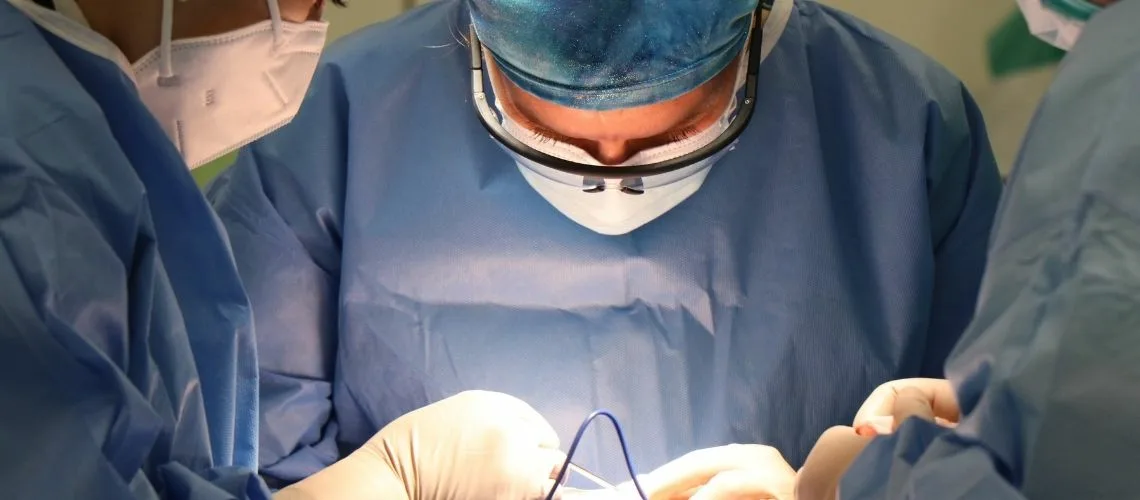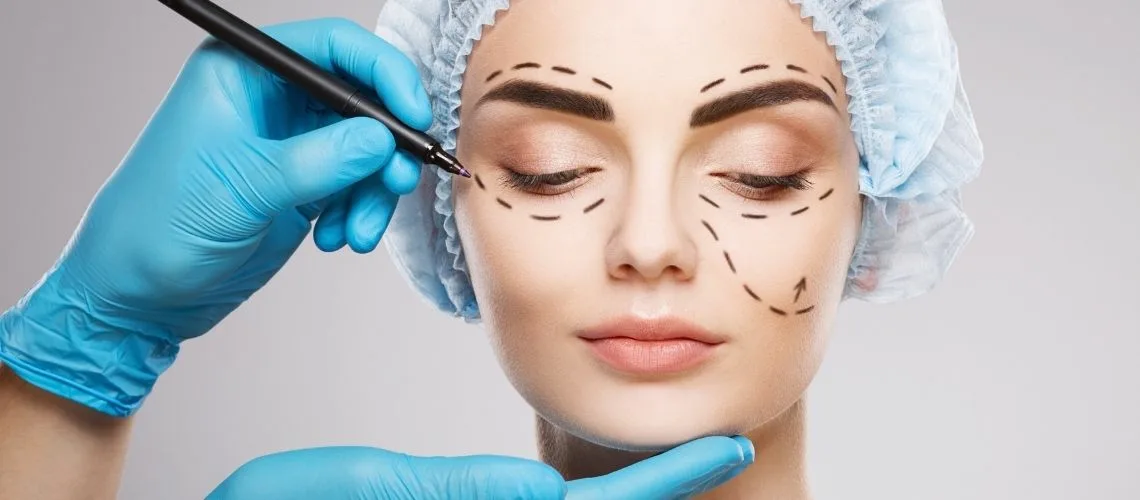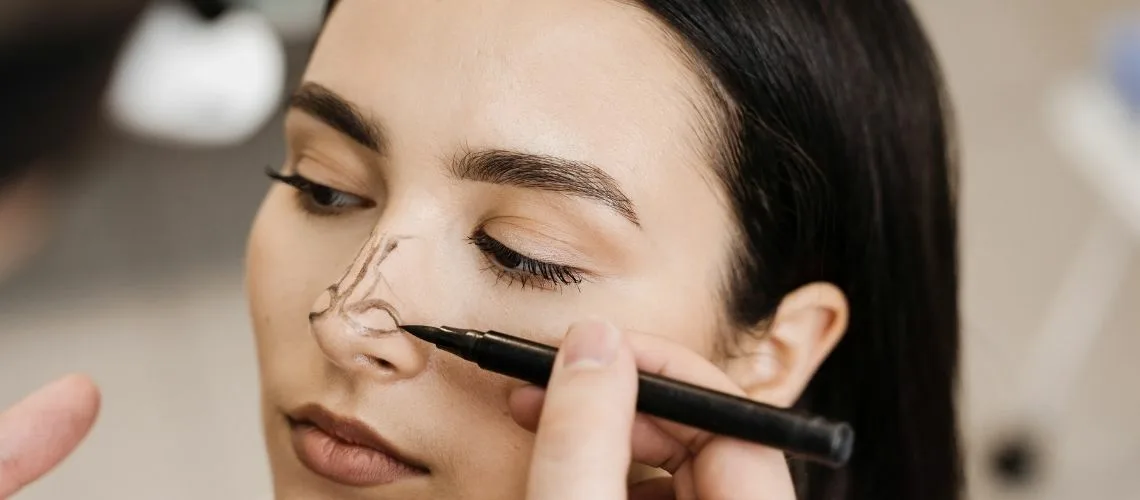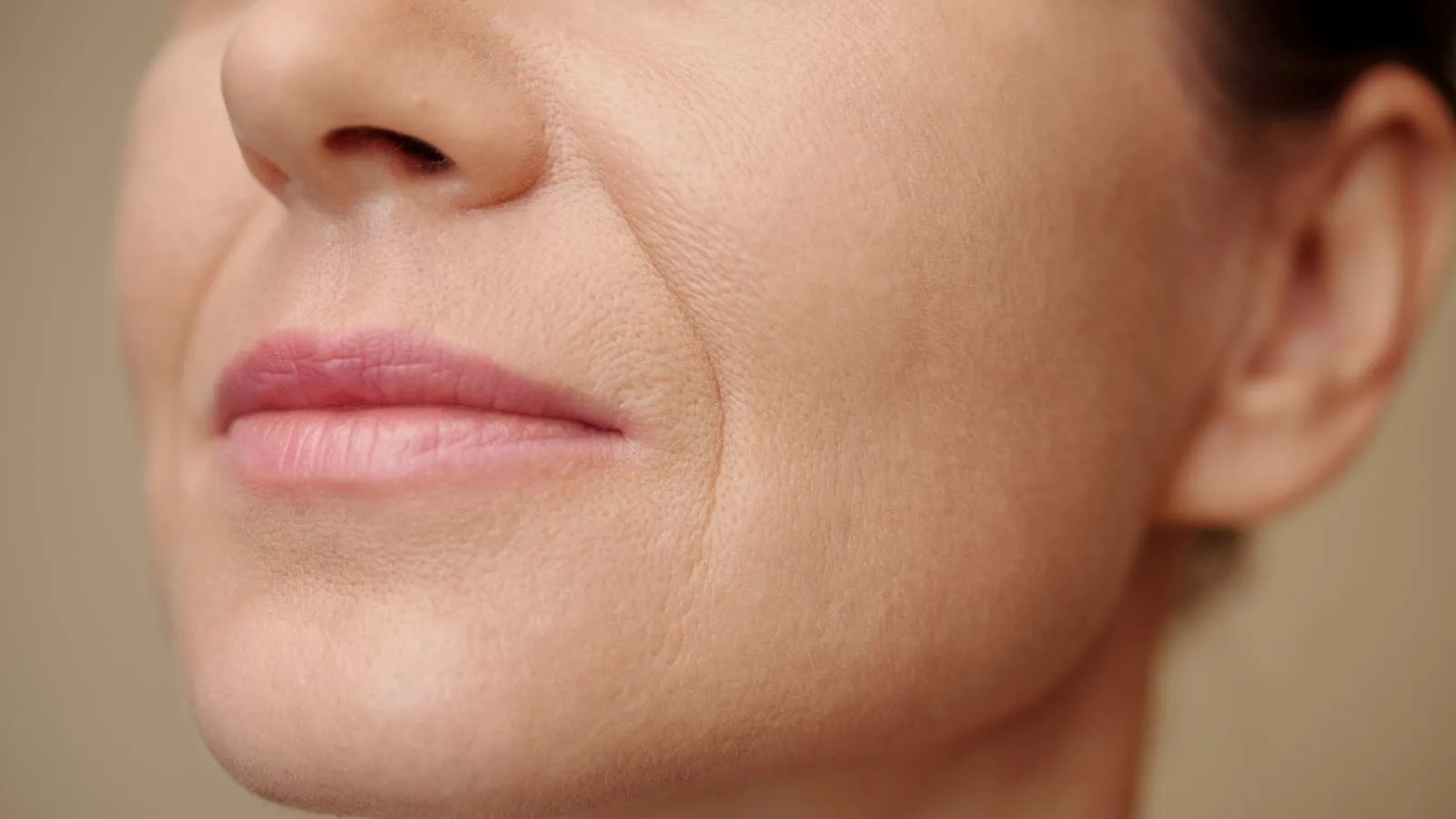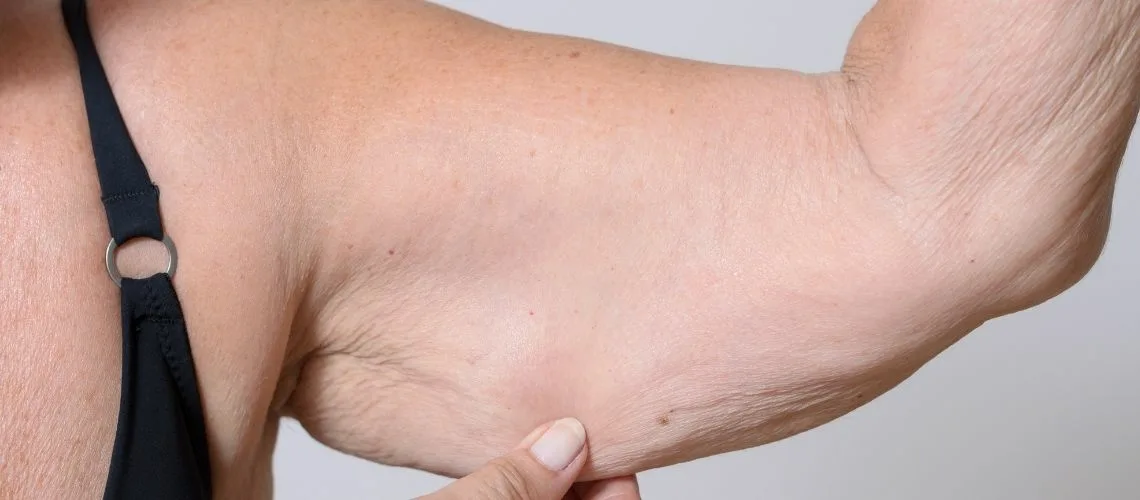The days of hiding aesthetic operations are long gone. Especially with well-known figures openly sharing their aesthetic journeys on social media and in the press, this process has become a true guide for anyone considering it. Thanks to their experiences, understanding the results of different facelift techniques, the reasons behind these decisions, and the possibilities offered by modern aesthetic surgery has become much easier through real-life examples. This is an opportunity to learn from real stories rather than hearsay.
Marc Jacobs
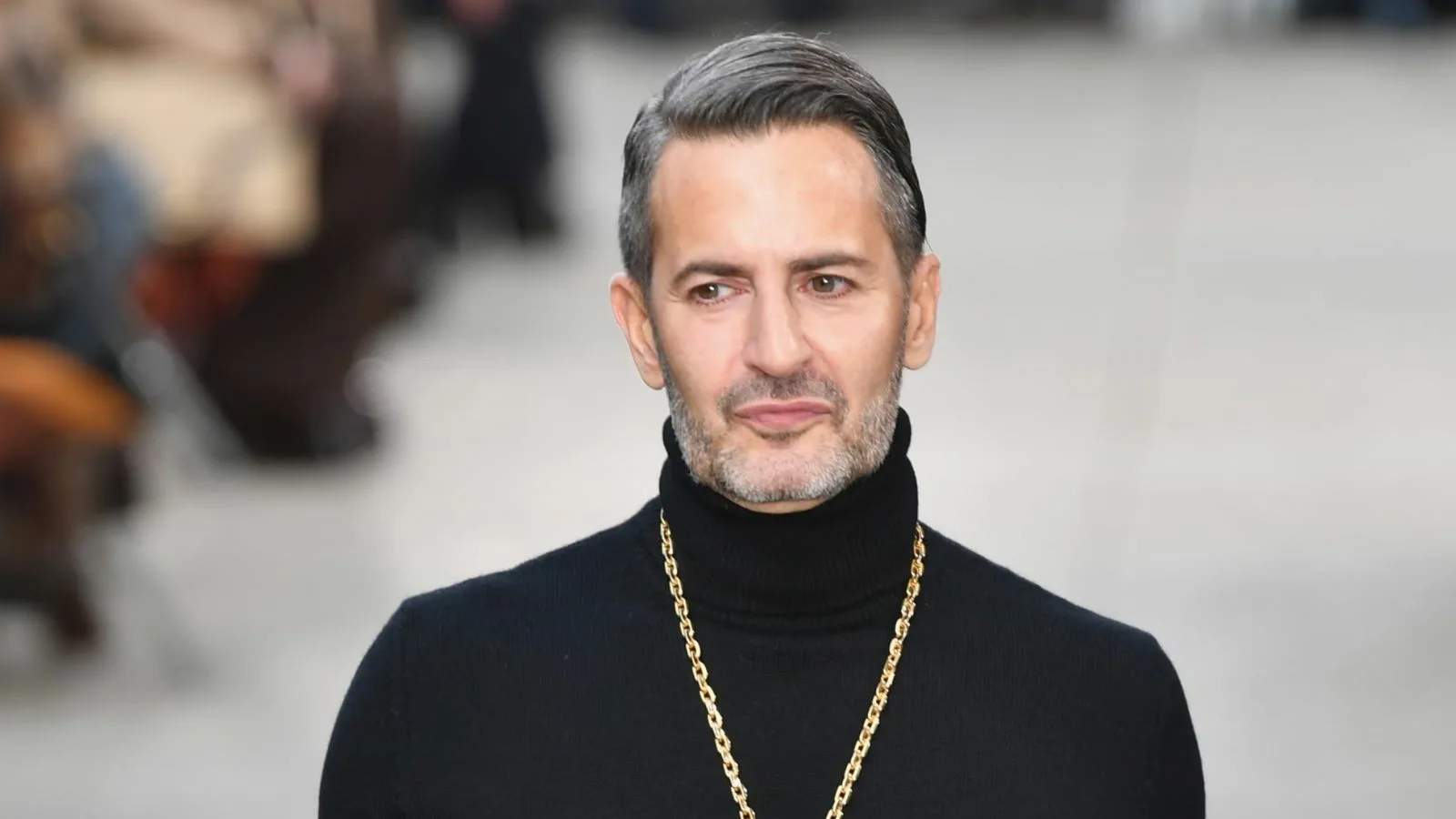
Famous fashion designer Marc Jacobs started a trend with his deep plane facelift at the age of 58. His story was especially important for breaking the hesitation that existed among men regarding aesthetic procedures. Jacobs had realized that non-surgical methods such as fillers and thread lifts no longer offered a solution for the sagging in his face and the looseness in his neck. However, his motivation was not merely to look better. By sharing the entire process — including photos with bandages and drains — with complete honesty on social media, he showed everyone that there is nothing to be ashamed of when it comes to cosmetic surgery.
And the result? Jacobs achieved an incredibly sharp and defined jawline without losing any of his masculine and characteristic facial features. The secret behind this natural success lay in the chosen deep plane technique. You can think of this technique as repairing the foundation of a building. Instead of just painting the façade, you reinforce the load-bearing columns. In a deep plane facelift, rather than simply tightening the skin, the underlying layer of muscle and supportive tissue called SMAS is repositioned as a whole to where it naturally belongs. This way, there is no tension on the skin, and that feared “wind tunnel” look never appears. Jacobs’ case is the clearest proof that with the right technique, men can also achieve charismatic and natural results.
Sonja Morgan

Television personality Sonja Morgan underwent a deep plane facelift and neck lift at the age of 56, fully documented on camera. Her main complaints were very common — signs of fatigue and sagging caused by gravity over the years. These included:
Wrinkles in the neck area
Sagging starting to appear along the jawline (formation of jowls)
A generally tired and downward facial expression
The result was described by both her fans and experts as “incredibly natural.” It was said that she looked about fifteen years younger without any hint of artificiality or tightness. The reasoning behind this success was the same once again: instead of pulling and tightening the skin like a cover, the surgeon lifted the deep supportive structures and drooping fat pads back to where they belong — upward. Sonja Morgan’s experience is a great example of how transformative and effective the deep plane technique can be, particularly in areas where aging signs are most prominent, such as the jawline and neck. Because the problem is solved at the foundation rather than the surface, the results are both longer-lasting and more natural.
Caroline Stanbury

Caroline Stanbury, one of Dubai’s well-known personalities, decided to refresh her face at the age of 47, inspired by a friend. She was so impressed by her friend’s successful facelift that she went to the same surgeon. But that was not her only motivation. She felt that the regular fillers she had received over the years were making her face look rounder and more “puffy,” as if she was experiencing “filler fatigue.”
Although she initially had difficulty getting used to her new reflection in the mirror, she expressed great satisfaction with the final result. Stanbury’s story highlights an important shift in aesthetic trends among people in their forties. More and more individuals are choosing not to continuously “patch” small problems with temporary solutions like fillers but to opt for more lasting and fundamental “reset” procedures through surgery. This can be seen as a proactive step toward achieving more controlled and natural results before aging signs become advanced. The main goals of this approach are:
Achieving a more permanent solution
Avoiding endlessly repeated minor procedures
Gaining a more natural and refreshed appearance
Building a stronger foundation for later years
Ricki Lake
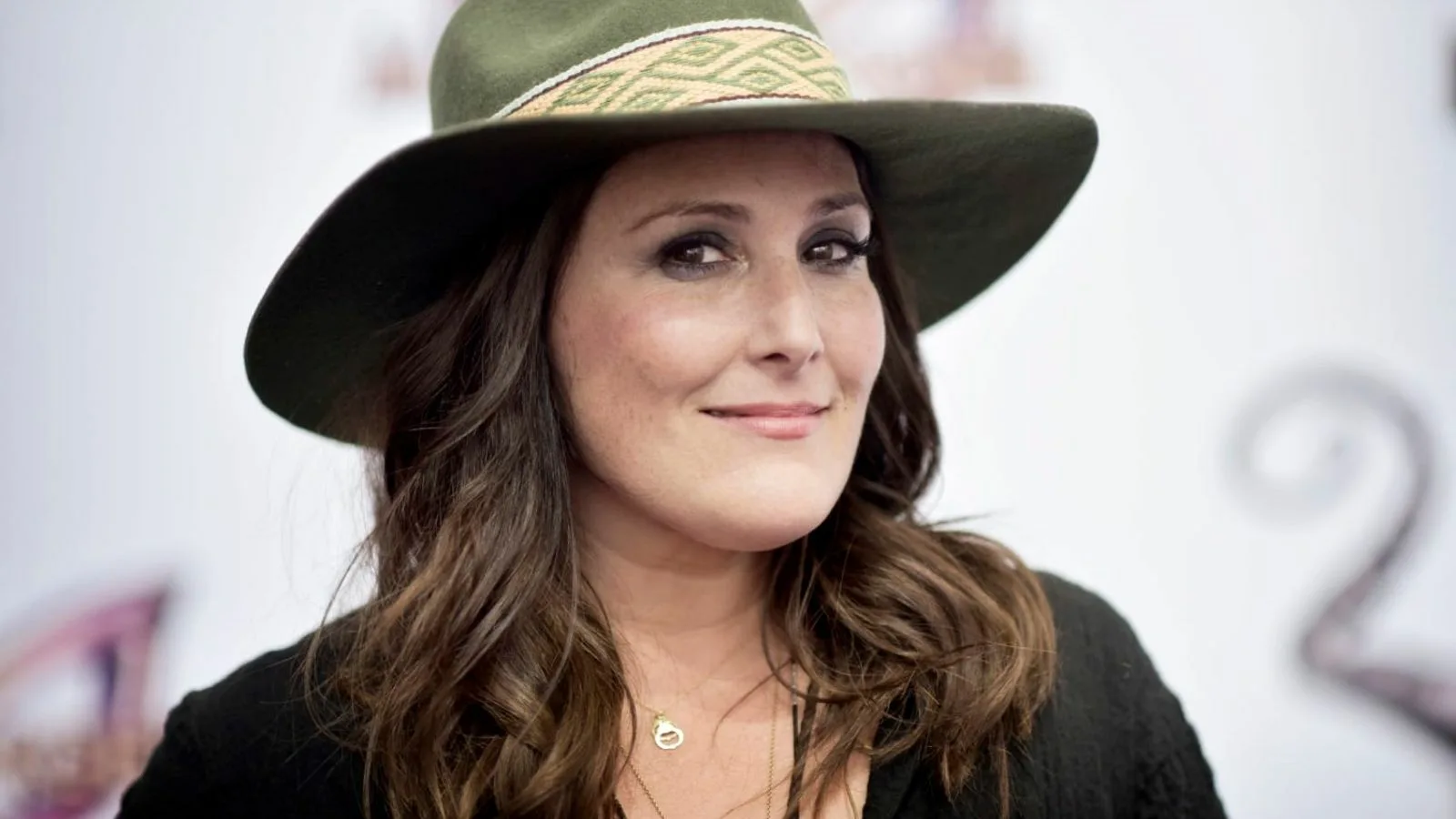
Former television host Ricki Lake turned to aesthetic surgery at the age of 55 after losing around 18 kilograms, which resulted in significant skin sagging on her face and especially around her neck. Lake was realistic enough to know that such an amount of loose skin could never be corrected without surgery. By sharing her entire journey publicly, she aimed to break the prejudice surrounding such procedures. She was so impressed by the outcome that she described her decision as “the best choice I’ve ever made for myself.”
Ricki Lake’s case serves as an important example for those seeking facial rejuvenation after major weight loss. For such individuals, the main issue is not a loss of volume but skin that has lost its elasticity and become almost “too loose.” The deep plane technique is ideal for addressing this, as it involves releasing the key supporting ligaments of the face. This gives the surgeon flexibility to reposition the skin and underlying tissues over a wide area — almost like smoothing out a blanket. As a result, the excess skin can be reshaped into a smooth, firm contour without bunching or creating an artificial tightness. The wonderful result Lake achieved, with almost invisible scars, proves how successful the deep plane technique can be even in this challenging patient group.
Kris Jenner

Kris Jenner, the matriarch of the Kardashian-Jenner family, has never hidden her relationship with aesthetic enhancements. Over the years, her youthful and dynamic appearance has not been the result of a single surgery, but rather of a comprehensive and well-planned strategy. Her facelift in 2011, performed when she was 55 and shown on television, was done using the SMAS technique. However, her fresh look in her late sixties is believed to be due to a more advanced method — the deep plane facelift — complemented by other procedures.
Jenner’s secret lies in applying the golden rule of modern facial aesthetics: combination therapy. Simply lifting sagging tissues is not enough. The most natural and lasting results are achieved with customized plans that combine surgical and non-surgical methods. The main components of her rejuvenation strategy are:
Surgical lifting: Repositioning sagging tissues through face and neck lift surgery.
Volume restoration: Regaining lost facial volume using natural methods such as fat grafting.
Skin quality enhancement: Treating surface pigmentation and fine wrinkles with laser therapies.
Additional touches: Complementary procedures such as eyelid surgery and brow lifting.
The fact that Jenner’s face does not look overly tight or artificial is a result of this balanced, three-dimensional approach. She looks not like an older version of herself, but like a fresher and more vibrant version.
Jane Fonda
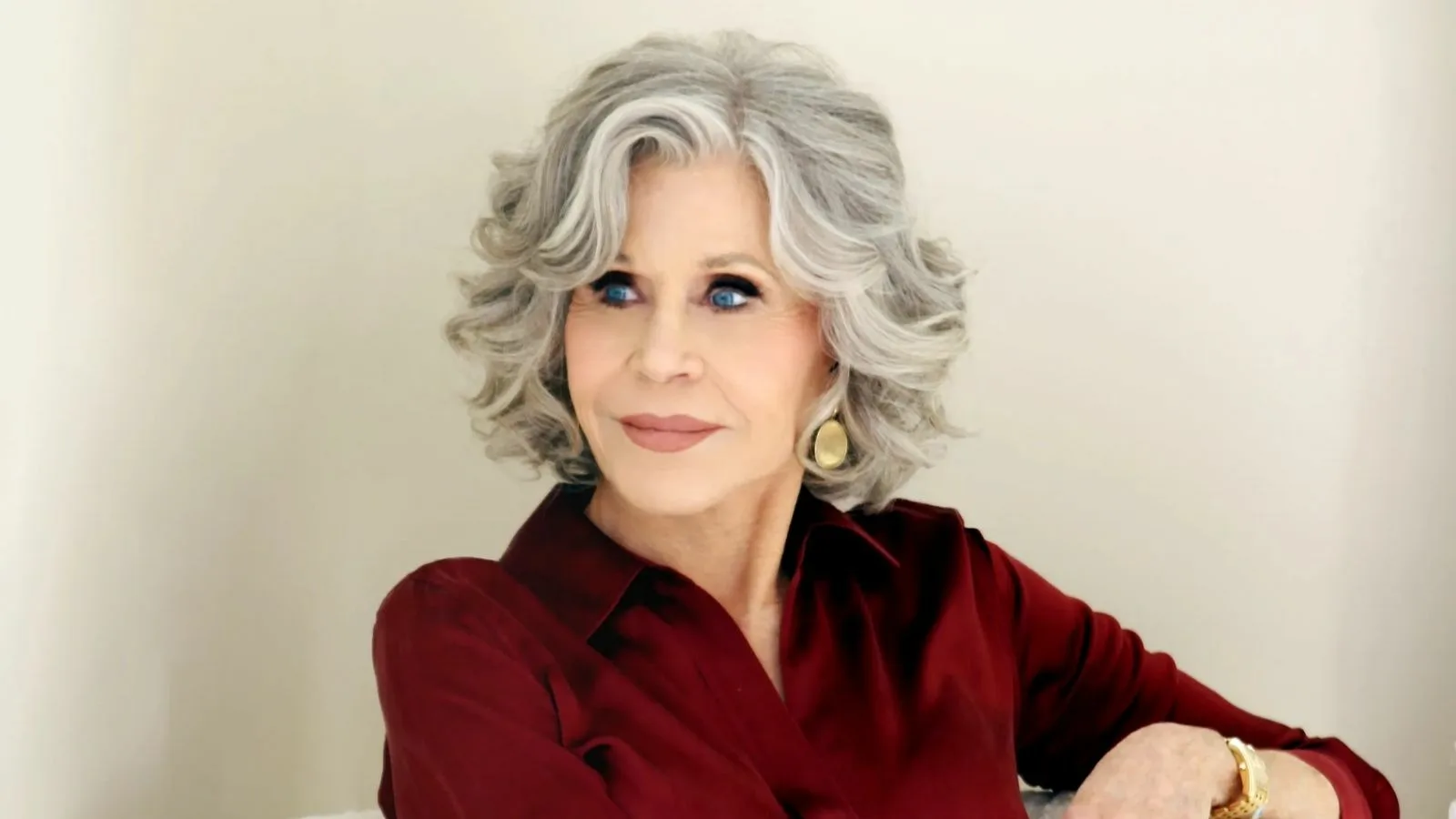
Legendary actress Jane Fonda has had a long and complex relationship with aesthetic surgery. She confirmed that she had her first facelift in her forties and underwent other procedures in the following years. Although she later expressed regret, saying, “I wish I hadn’t done it,” her surgical results are widely regarded in the aesthetic world as an example of tasteful, natural, and elegant rejuvenation.
Fonda’s case is living proof that in the hands of a skilled surgeon, one can maintain a refreshed and youthful appearance without losing individuality or natural expression. Rather than pursuing a dramatic transformation, she managed to soften the effects of time gracefully. Her example represents what long-term, well-executed aesthetic care can truly mean.
Gene Simmons

Rock icon Gene Simmons underwent a facelift at the age of 57. His main concern and goal were to reduce signs of aging while maintaining his strong and masculine facial features — which is also the key factor determining success in male facelift procedures.
The result was exactly as intended. The sagging along his jawline and the looseness in his neck were corrected, giving him a younger and more dynamic look. Simmons’ case demonstrates that facelift surgery is not just for women and that it must be tailored specifically to meet men’s aesthetic expectations. The key considerations in male facial aesthetics are:
Maintaining a strong, angular jawline
Avoiding a feminine expression
Preventing an “overdone” or “pulled” appearance
Planning incisions without disturbing the sideburn or beard line
Courtney Love

Musician Courtney Love is perhaps the first and most famous representative of the “prejuvenation” trend — rejuvenation through early prevention. At just 35, she reportedly underwent a mini facelift. Her decision was not to correct visible aging signs but to take preventive action before they appeared.
Love’s story is proof of how logical early intervention can be. When tissue sagging is addressed at an early stage, much more natural and lasting results can be achieved with a minimal procedure. This approach practically slows down time. It is often noted that the benefits of the procedure Love had done at a young age remain visible even decades later — she appears noticeably fresher than her peers. This shows how a small step taken at the right time can delay a much bigger one in the future.
Tamra Judge

TV star Tamra Judge underwent a lower facelift (mini-lift) and upper eyelid surgery at the age of 49. Her decision stemmed from a very specific reason: after drastically reducing her body fat for a fitness competition, she noticed sagging in her face. This condition, common among athletic individuals, occurs when the skin becomes loose after facial volume loss. Judge humorously stated that she disliked fillers, saying, “People end up looking like cabbage patch dolls,” and described her philosophy as “don’t fill — lift.”
She was very pleased with the outcome because the surgery didn’t alter her overall expression; it simply resolved the specific issue she faced. As her surgeon noted, doing the procedure before her fifties or sixties allowed for a much more natural and subtle result. Her experience is a perfect example of how addressing an anatomically specific issue caused by lifestyle changes with a targeted surgical solution can be a smart and effective approach.
Vicki Gunvalson

Vicki Gunvalson’s lower face and neck lift at the age of 56 carries an important lesson for the aesthetic world. What made her case unique was one critical detail: during the surgery, all the fillers that had been injected into her face over the years were completely removed. Gunvalson explained that she felt the accumulated fillers had made her face look “puffy,” unrecognizable, and unnatural. Her surgeon described the filler buildup beneath her skin as having a “grainy, sugar-like texture.” The goal was to remove this artificial volume and achieve a more natural freshness through surgical lifting.
This combined approach worked beautifully, resulting in a less swollen, more defined jawline with a full yet not overfilled contour. Gunvalson’s experience demonstrates how delicate the balance of volume management can be. As seen with Kris Jenner, restoring volume with the right material (such as fat grafting) can be the key to rejuvenation, while excessive or poorly planned filler use can have the opposite effect, distorting the face’s natural anatomy. This case is a rare and valuable example showing that sometimes the best results come from combining “reduction” (removing fillers) with “lifting” (tightening).
Catt Sadler
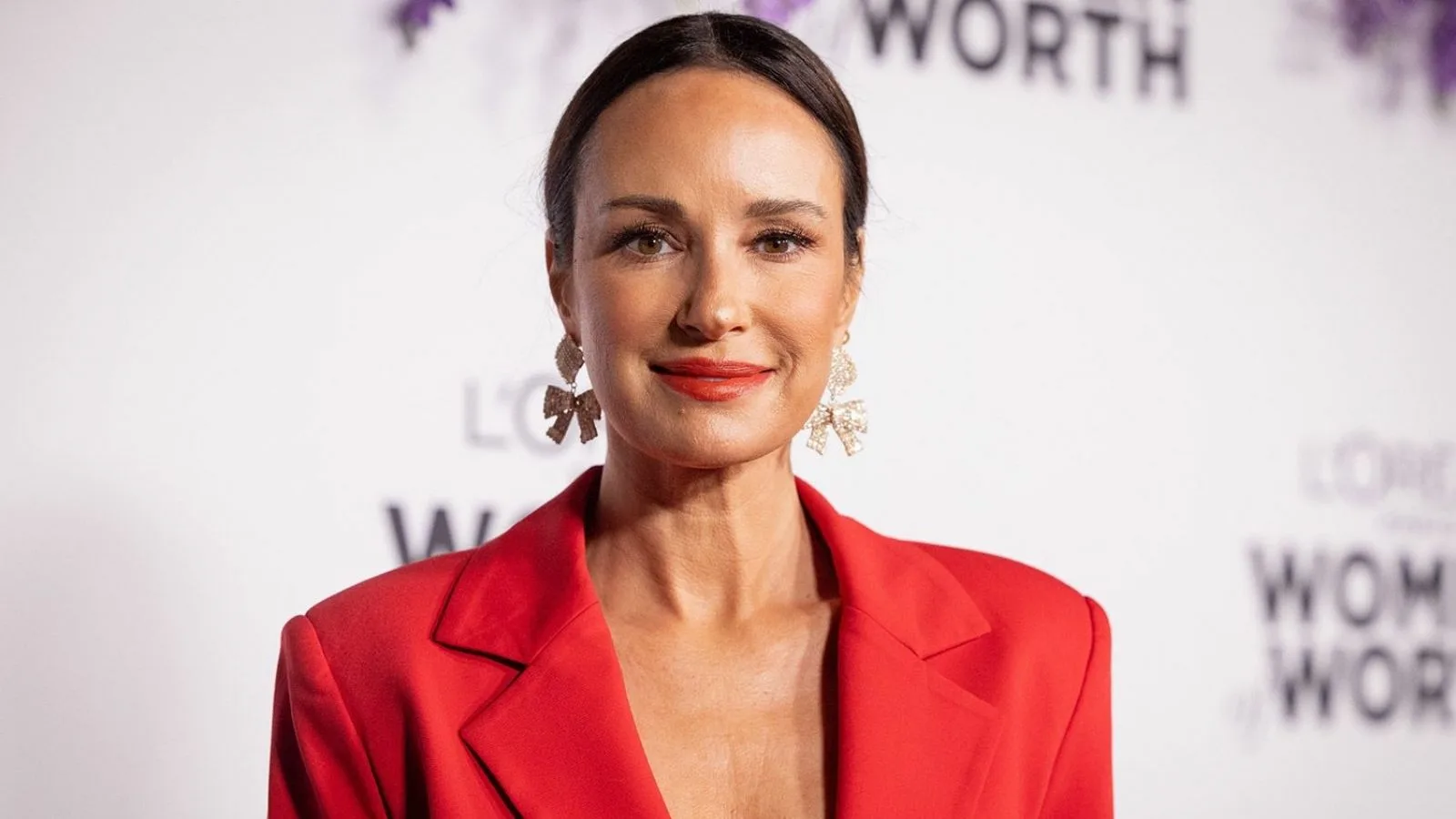
Former TV host Catt Sadler underwent a comprehensive procedure at the age of 48, including a facelift, neck lift, and eyelid surgery. Sadler openly stated that non-surgical treatments such as Botox and fillers no longer worked for the sagging in her lower face and neck. Her surgeon explained that undergoing such an extensive procedure at a younger age would not only yield a more natural result but also ensure faster recovery.
Sadler said she felt “younger, happier, and more relaxed” after the operation and shared her journey transparently to inspire other women. Her story supports the growing trend among people in their late forties who are shifting away from minor touch-ups toward more permanent and fundamental surgical solutions that “reset” the facial anatomy from the ground up.
Sharon Osbourne

Sharon Osbourne’s long and turbulent relationship with aesthetic surgery serves as an important warning about the potential risks of revision surgeries. Osbourne has stated that she underwent at least four facelift operations during her career, calling her most recent experience in 2021 “the worst thing I’ve ever done.” The five-hour surgery caused facial asymmetry, leaving one eye higher than the other and her mouth uneven.
Her unfortunate experience illustrates why repeated facelift surgeries are riskier. Each new operation is performed on tissue that has already been altered and contains scar tissue. This disrupts normal anatomy, making it increasingly difficult to achieve a symmetrical, natural result. The potential risks of revision surgery include:
- Increased risk of asymmetry
- Higher likelihood of nerve damage
- Poor circulation and delayed wound healing
- An unnatural, “over-pulled” appearance
- More visible scars than expected
Mickey Rourke

Actor Mickey Rourke’s changing face is one of the most talked-about examples in aesthetic surgery. However, his story began not from vanity but from necessity. As a former professional boxer, Rourke underwent his first surgeries to repair severe injuries sustained during his career. These operations were reconstructive in nature. The issues he faced included:
- Broken nose — twice
- Shattered cheekbone
- Other facial traumas
He later admitted that he “went to the wrong surgeon” for his first reconstructive operations, which led to a series of corrective procedures. His case shows how challenging the transition can be from reconstructive surgery — which focuses on restoring form and function — to aesthetic surgery, which seeks refinement and naturalness. When the foundation is not properly established, there is a risk of entering a cycle in which each new surgery attempts to correct the flaws of the previous one. His story underscores how vital the choice of surgeon truly is.
Joan Rivers

The late comedian Joan Rivers was one of the most outspoken and fearless advocates for aesthetic surgery. With her philosophy of “If it makes you feel better, do it,” she underwent countless procedures throughout her life. For her, aesthetics were not a taboo but a part of modern life.
Clinically, her appearance was an example of what is called “overcorrection” — an aesthetic approach that pushes procedures too far. The repeated facelifts she underwent over the years caused excessive tightness and an unnatural expression. Her case is a historical example of how striving to erase aging completely, rather than softening it gracefully, can lead to undesired results. Today’s modern aesthetic surgery, especially with techniques like the deep plane facelift, aims to avoid this “Joan Rivers effect.” The goal is not to turn you into someone else, but to restore you to the best and most refreshed version of yourself.
Sia
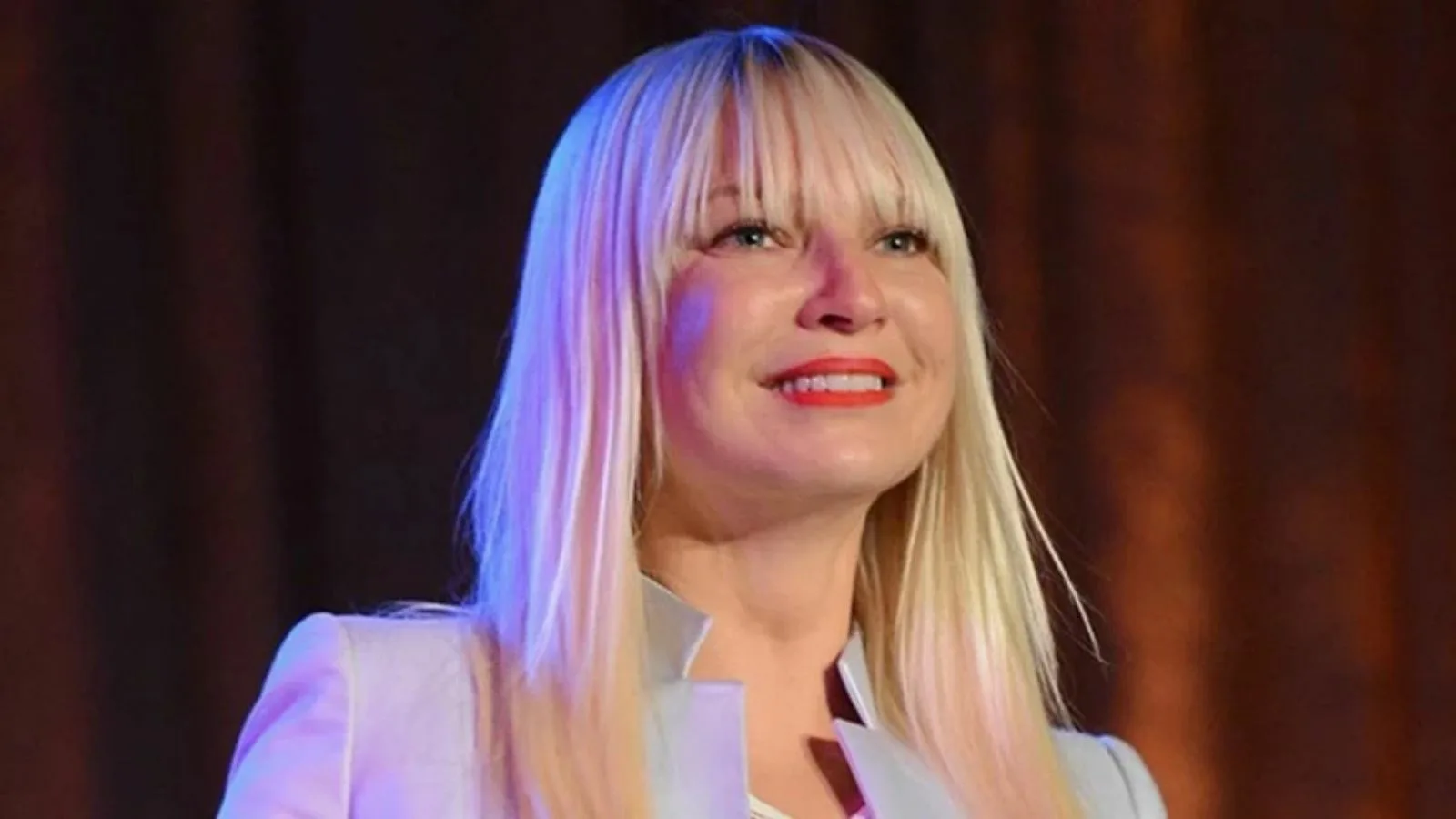
Singer Sia, who for years hid her face behind large wigs, surprised everyone when she revealed at age 47 that she had undergone a facelift. She made this announcement while presenting an award to her surgeon on stage, saying, “I’m a pop star who usually hides her face but never lies. I had a fantastic facelift.”
Sia’s case is significant not so much for the surgical technique itself but for its cultural meaning. For an artist who built her brand on anonymity to openly and joyfully embrace her aesthetic surgery is the strongest sign of how much societal perception has evolved. It marks a turning point, showing that aesthetic surgery is no longer seen as an act of hiding flaws but as a form of self-care and self-respect.
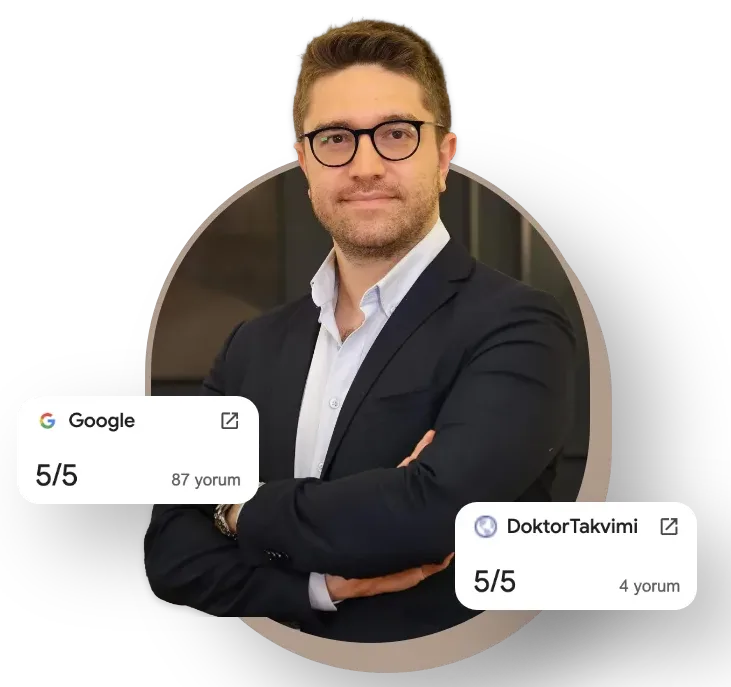
Op. Dr. Erman Ak is an internationally experienced specialist known for facial, breast, and body contouring surgeries in the field of aesthetic surgery. With his natural result–oriented surgical philosophy, modern techniques, and artistic vision, he is among the leading names in aesthetic surgery in Türkiye. A graduate of Hacettepe University Faculty of Medicine, Dr. Ak completed his residency at the Istanbul University Çapa Faculty of Medicine, Department of Plastic, Reconstructive and Aesthetic Surgery.
During his training, he received advanced microsurgery education from Prof. Dr. Fu Chan Wei at the Taiwan Chang Gung Memorial Hospital and was awarded the European Aesthetic Plastic Surgery Qualification by the European Board of Plastic Surgery (EBOPRAS). He also conducted advanced studies on facial and breast aesthetics as an ISAPS fellow at the Villa Bella Clinic (Italy) with Prof. Dr. Giovanni and Chiara Botti.
Op. Dr. Erman Ak approaches aesthetic surgery as a personalized art, tailoring each patient’s treatment according to facial proportions, skin structure, and natural aesthetic harmony. His expertise includes deep-plane face and neck lift, lip lift, buccal fat removal (bichectomy), breast augmentation and lifting, abdominoplasty, liposuction, BBL, and mommy makeover. He currently provides safe, natural, and holistic aesthetic treatments using modern techniques in his private clinic in Istanbul.


